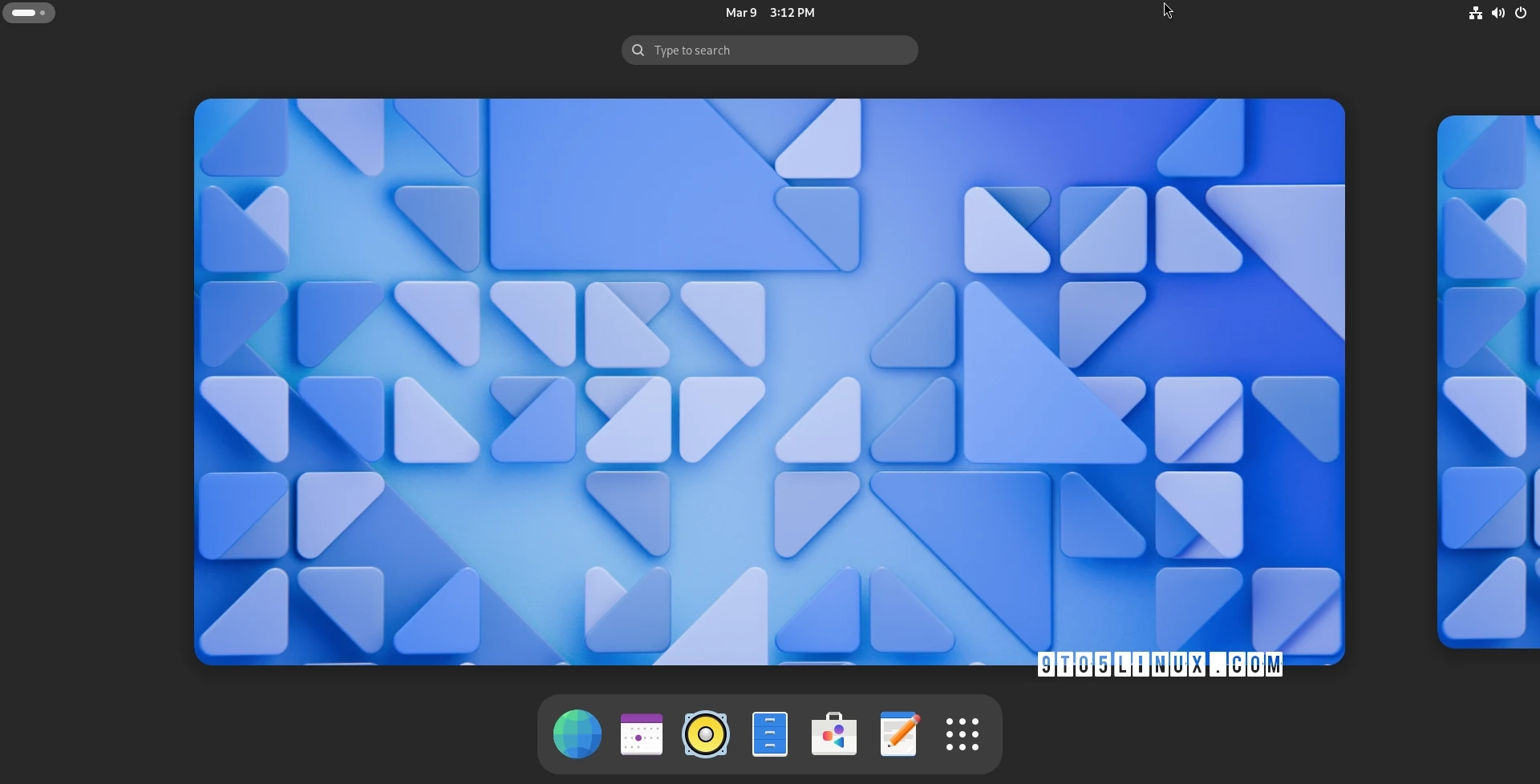The GNOME Project announced today the Release Candidate (RC) version of the upcoming GNOME 46 desktop environment series, set to be released later this month, is now available for public testing.
The GNOME 46 RC brings a last set of changes before the final release on March 20th. Notably, this includes the long-awaited variable refresh rate (VRR) feature. Despite being an experimental feature that users need to manually enable, this includes the corresponding setting in Display that shows the full VRR range for a monitor when possible.
In terms of settings (GNOME Control Center), the Release Candidate introduces a new “Add Enterprise User” dialog on the Users page and new “Remote Login” settings on the System page. The “Remote Desktop” settings have been renamed to “Desktop Sharing” and it’s now possible to launch some subpages from the command line.
The Release Candidate enhances the screencasting feature to use H.264 encoding if available and adds modifier-aware screencasting support. It also improves NetworkManager’s WireGuard support, adds a feature to lockdown extension installation for system integrators, has enhanced user notifications about conflicting local/remote sessions on login, and strengthens the on-screen keyboard.
The Nautilus (Files) file manager has been enhanced with improved positioning of loop mounts in the sidebar, better internationalization, and some performance optimizations to multi-file properties.
The GNOME Connections app now supports the FreerRDP 3 protocol, with enhancements including smoother scroll events and improved touchpad scrolling. GDM (GNOME Display Manager) has been tweaked to use Wayland as the default on certain server chips and now supports session termination at login time to prevent conflicts. Additionally, gnome-remote-desktop has dropped its reliance on DMA buffer support with NVIDIA.
GNOME Maps has received numerous updates to its map style. The GNOME Clocks app now displays a notification when a new alarm is set, and will automatically disable a non-repeating alarm after it rings. Lastly, the Swell Foop game has received improvements to its score handling and keyboard-only gameplay. The game now also displays the high score goal on the Game Over screen.
The Epiphany (GNOME Web) web browser has been updated so that the page menu popover is now closed during print, search, and full-screen actions. Additionally, the location entry is now focused when the Ctrl+K keyboard shortcut is used to activate the address bar’s default search engine.
Updates also extend to the GNOME Text Editor app, which now disables editing while a document is loading and discards documents that are still loading when saving a session. The GNOME Software app has improved the launching of certain apps, and the GNOME Console terminal emulator now recalls if the window was maximized or not when restoring window dimensions. In addition, the Orca screen reader has been given support for the new Spiel speech synthesis API.
Other apps, such as GNOME System Monitor, GNOME Calculator, Lightsoff, Loupe, Tecla, and GNOME Sudoku have also received various minor fixes and updated translations. For more specific details, visit the changelog on the release announcement page. This page also allows you to download the GNOME 46 RC installation image if you want to test it out.
As mentioned before, the final release of the GNOME 46 desktop environment is expected on March 20th, 2024. However, unlike KDE Plasma 6, we will have to wait a couple of weeks or even more to enjoy its new features and enhancements until distro maintainers manage to update their GNOME offerings to the new release.
Last updated 34 mins ago
